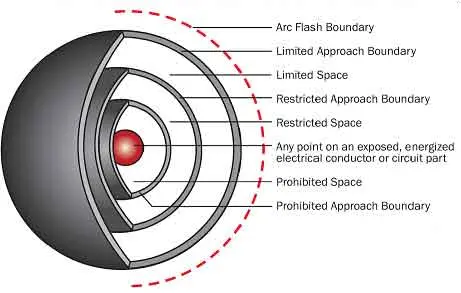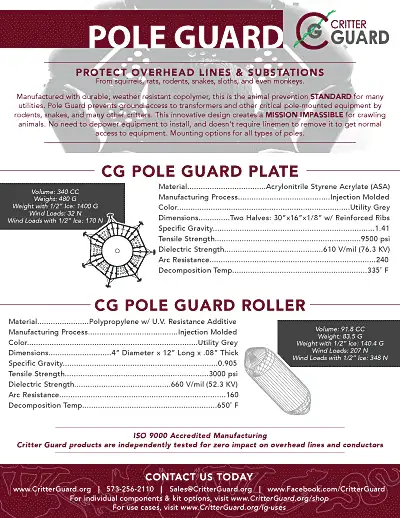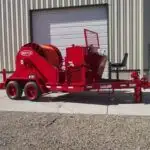Lockout Tagout Requirements
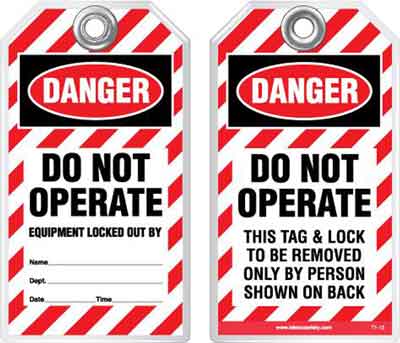
CSA Z462 Arc Flash Training - Electrical Safety Essentials
Our customized live online or in‑person group training can be delivered to your staff at your location.

- Live Online
- 6 hours Instructor-led
- Group Training Available
Download Our OSHA 3875 Fact Sheet – Electrical PPE for Power Industry Workers
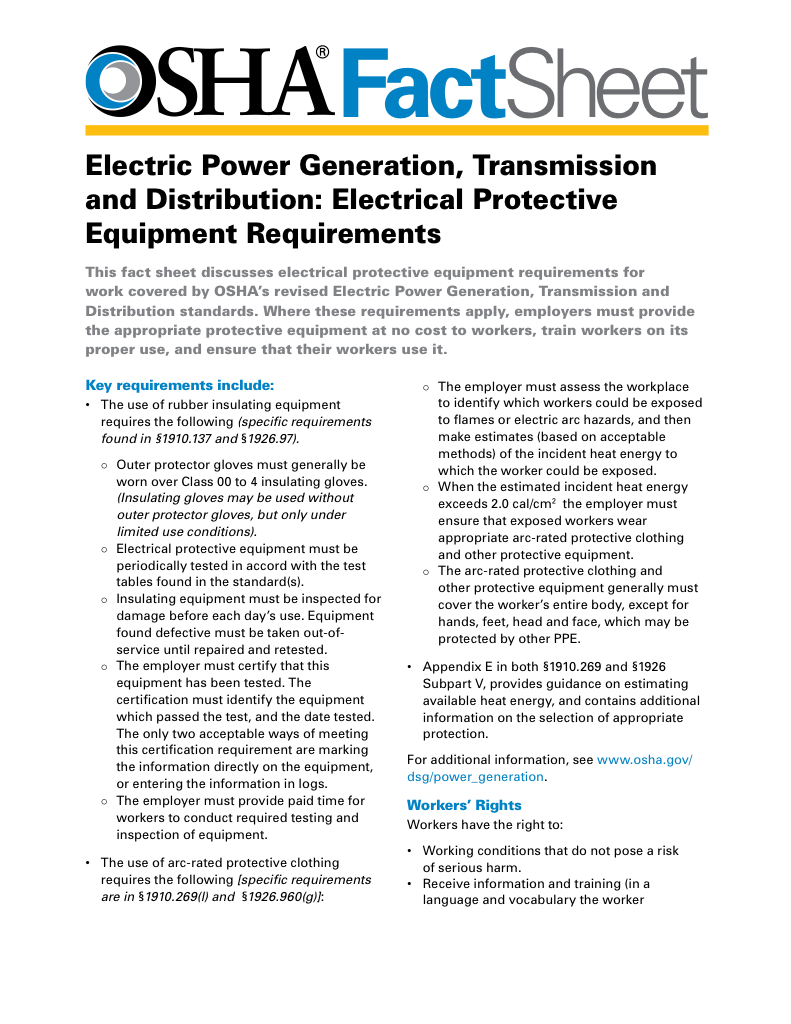
- Follow rules for rubber gloves, arc-rated PPE, and inspection procedures
- Learn employer obligations for testing, certification, and training
- Protect workers from arc flash and electrical shock injuries
Lockout Tagout requirements ensure electrical safety through energy isolation, OSHA 1910.147 compliance, arc flash risk reduction, verified zero-energy state, and documented procedures for switchgear, MCCs, and circuit breakers during maintenance.
What Are Lockout Tagout Requirements?
Standards defining procedures to isolate electrical energy, apply locks/tags, and verify zero energy before work.
✅ De-energize and isolate all electrical energy sources.
✅ Apply locks/tags; control keys; maintain device integrity.
✅ Test for absence of voltage; verify zero-energy state.
Lockout Tagout requirements are essential for protecting electrical workers from the unexpected release of hazardous energy during maintenance and servicing activities. In both the United States and Canada, safety regulations mandate strict procedures for de-energizing and isolating equipment to prevent injury or death. These requirements are enforced by OSHA under 29 CFR 1910.147 in the U.S. and by provincial authorities under CSA Z460 in Canada. Understanding who is responsible, what procedures must be followed, and when these rules apply is critical for compliance and worker safety in environments like power generation, transmission, and distribution. For foundational terminology, the lockout tagout definition clarifies scope and terms used across jurisdictions for consistency.
A comprehensive Lockout Tagout program must be capable of hazardous energy lockout tagout across all relevant energy types to ensure it protects employees during maintenance and servicing. This includes controlling electrical, mechanical, hydraulic, pneumatic, chemical, and thermal energy sources that may be present in machines or equipment. Proper isolation procedures are essential not only for de-energizing systems but also for preventing the unexpected release of stored energy, which can cause serious injury or death. Whether dealing with mechanical, hydraulic, pneumatic, chemical, or other energy sources, employers must implement control measures that address each hazard effectively. Detailed steps for developing isolation methods are described in the lockout tagout procedure resource, which guides employers on sequence, verification, and restoration activities.
FREE EF Electrical Training Catalog
Download our FREE Electrical Training Catalog and explore a full range of expert-led electrical training courses.

- Live online and in-person courses available
- Real-time instruction with Q&A from industry experts
- Flexible scheduling for your convenience
OSHA Regulations (United States)
In the U.S., these requirements are defined by the Occupational Safety and Health Administration (OSHA) in 29 CFR 1910.147. This standard applies to the control of hazardous energy in general industry and outlines key mandates, including: For deeper interpretation and examples, the OSHA lockout/tagout standard explains scope, exemptions, and documentation expectations.
- The development of an energy control program
- Use of energy isolating devices (not just control circuit-type devices)
- Proper application of lockout devices and tagout devices
- Employee training for authorized and affected employees
- Periodic inspections and program audits
OSHA emphasizes that lockout must be used unless the equipment physically cannot be locked out, in which case tagout is permitted—provided it offers full employee protection. Compliance checklists in the OSHA lockout tagout requirements resource help verify program elements before audits.
CSA Standards (Canada)
In Canada, Lockout Tagout requirements are governed by CSA Z460 – Control of Hazardous Energy, which aligns closely with OSHA’s guidelines but is enforced at the provincial level. Each province (e.g., Ontario’s OHSA, Alberta OHS Code) adopts and enforces its own version of the standard. For readers new to the concept, what is lockout tagout offers a plain-language primer that aligns with both OSHA and CSA approaches.
CSA Z460 requires:
- Written energy control procedures
- Lockout of all hazardous energy sources before servicing
- Training tailored to the employee’s role (authorized vs. affected)
- Clear labeling of lockout points and isolation methods
Who Is Responsible for Compliance?
Employers are legally required to develop and enforce a compliant Lockout Tagout program. However, individual roles are clearly defined: Role-based scenarios in lockout tagout practice illustrate how authorized and affected employees coordinate during isolation and verification steps.
- Authorized employees are trained to perform lockout and tagout procedures.
- Affected employees work near the equipment and must recognize when LOTO is in effect and understand their responsibilities.
- When Are LOTO Requirements Triggered?
- LOTO must be implemented during any servicing or maintenance activity where:
- Unexpected startup could occur
- Stored energy could be released
- Multiple workers are involved (requiring group lockout)
- Maintenance is being performed on energized systems
Typical examples include work on electrical panels, motors, breakers, and machinery in power generation, transmission, and distribution systems. A broader context and cross-industry examples are summarized on the lockout tagout overview to support training and refresher sessions.
Penalties for Non-Compliance
Failure to follow Lockout Tagout requirements can result in serious injuries and substantial fines. OSHA regularly cites LOTO violations in its top 10 most frequently cited standards, and Canadian regulators impose strict penalties for non-compliance with provincial OHS laws.
Whether governed by OSHA in the U.S. or CSA in Canada, LOTO requirements are non-negotiable when it comes to controlling hazardous energy in the workplace. Electrical professionals must be fully trained and supported by clear procedures, proper equipment, and a safety-first culture.
Read More About Lockout Tagout
Return to the Lockout Tagout Overview Page





